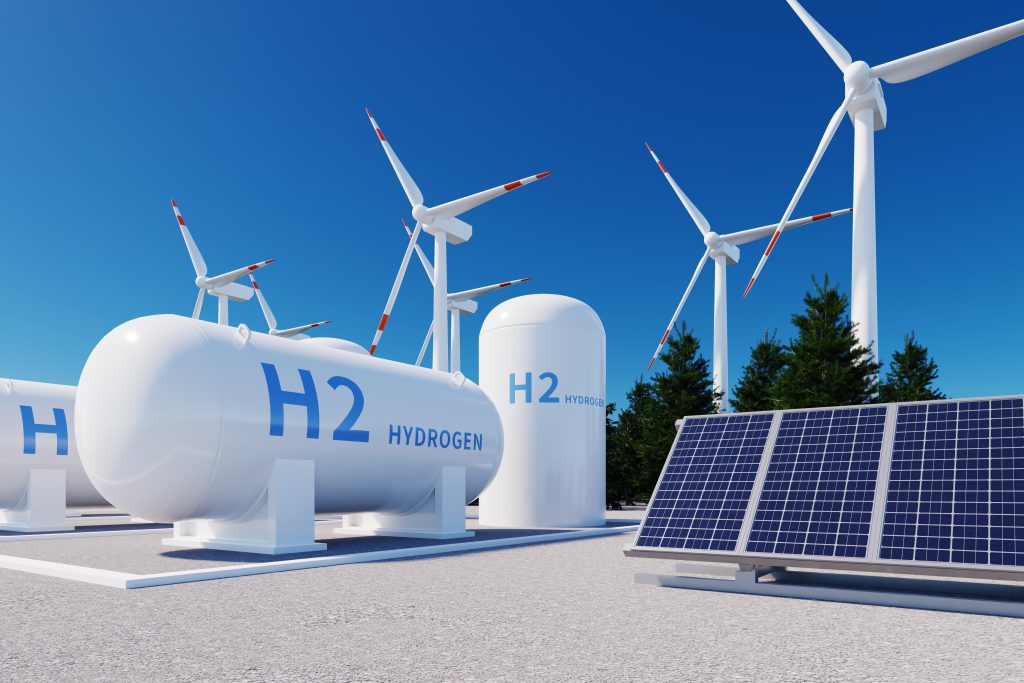South Africa has the potential to be a global leader in green hydrogen production due to our natural and technological endowments.
The hydrogen economy can help to address climate change challenges through reducing greenhouse gas emissions while creating jobs along the hydrogen economy value chains.
According to a recent report by Masdar-ADSW, the African hydrogen industry could create approximately 1.9 to 3.7 million jobs and boost GDP by 60 billion dollars by 2050.
Neglected opportunity
However, not much attention is being paid to the skills needs of the hydrogen economy and the widening green hydrogen skills gap. It is therefore imperative that we prioritise the training and development of a green hydrogen workforce so we are ready when the promise of this renewable energy technology reaches our doorstep.
The first immediate task of growing South Africa’s hydrogen economy is to invest in skills development and training of a hydrogen-ready workforce. This will ensure that essential skills are not imported from abroad.
The Chemical Industries Education and Training Authority (CHIETA) has identified 17 future skills for success in the hydrogen economy and developed a ‘Top Ten Skills in Hydrogen’ roadmap. It has also embarked on a plan to upskill 1 000 chemical engineers to become hydrogen systems engineers by 2025.
Hydrogen growth drivers
The second key driver of growth is hydrogen infrastructure development. This entails shifting the current state of hydrogen projects from pre-feasibility and feasibility, to actual investment. Hydrogen initiatives in South Africa need swift execution. The slow pace of execution of hydrogen infrastructure projects could significantly stifle the growth of South Africa’s hydrogen economy.
Growing the hydrogen economy requires a comprehensive set of legislation, policy, and regulations to facilitate a more enabling environment. Perhaps a “Minister of Hydrogen” could assume the role of leading the development of an enabling environment and its accompanying legislation.
What we need is not debilitating regulations, but transformative regulations that mitigate the risks associated with all aspects of the hydrogen economy. South Africa needs a coherent national hydrogen policy and a standardised hydrogen certifications framework. The development of enabling legislation, policies, and regulations for effective risk mitigation constitutes the third key driver of growth.
The fourth driver for swift and substantial job-creating growth in the hydrogen economy would be the establishment of government support schemes. The government of South Africa should consider establishing a Hydrogen Innovation Fund and Hydrogen Bank, including a dedicated support fund for hydrogen-related small, medium and micro enterprises (SMMEs).
Countries such as Morocco have witnessed a significant share of hydrogen production – almost 30% – being attributed to local SMMEs. Government support schemes for hydrogen are not new and examples can be found in other parts of the world. In the context of South Africa, deliberate and intentional government support would ensure the localisation of hydrogen opportunities.
The fifth significant driver of hydrogen’s growth is the need for better coordination and more cross-sector collaboration.
The private sector cannot play the role of coordination as its primary focus would be profit maximisation. The role of coordinating all stakeholders in the hydrogen economy should be left to government. As an enabler of growth and development, government should facilitate structured collaborative agreements between the leading sectors of the economy involved in the hydrogen value chain, that being the energy, chemicals, transport, agriculture, and mining sectors.
Skills and training
From a skills development and training perspective, the sector education and training authorities (SETAs), have been leading the way with collaborative agreements. These include agreements between the Chemical Industries Education & Training Authority (CHIETA) and the Energy & Water Sector Education Training Authority (EWSETA), as well as CHIETA and the Transport Education Training Authority (TETA), which are in the pipeline.
In addition to these five growth drivers, there is a further need to reduce the carbon footprint of hydrogen. Hydrogen energy is not entirely zero carbon. The production of hydrogen may lead to substantial carbon emissions, and this may vary from different stages of installation and distribution, to the types of hydrogen energy – green, grey, blue and so on – that is produced. It is therefore incumbent on all stakeholders to formulate a clear plan for zero-carbon hydrogen production.
These five drivers of growth would lead to a job creating hydrogen economy in South Africa within the next few years. South Africa needs a mixed energy policy and hydrogen constitutes a vital addition to the basket of success. What is needed is the swift implementation of hydrogen initiatives and a clear coordination plan with collaboration as an apex priority. Let us hope South Africa seizes the hydrogen opportunity before it is too late.
Yershen Pillay is CEO of the Chemical Industries Education and Training Authority (CHIETA)

